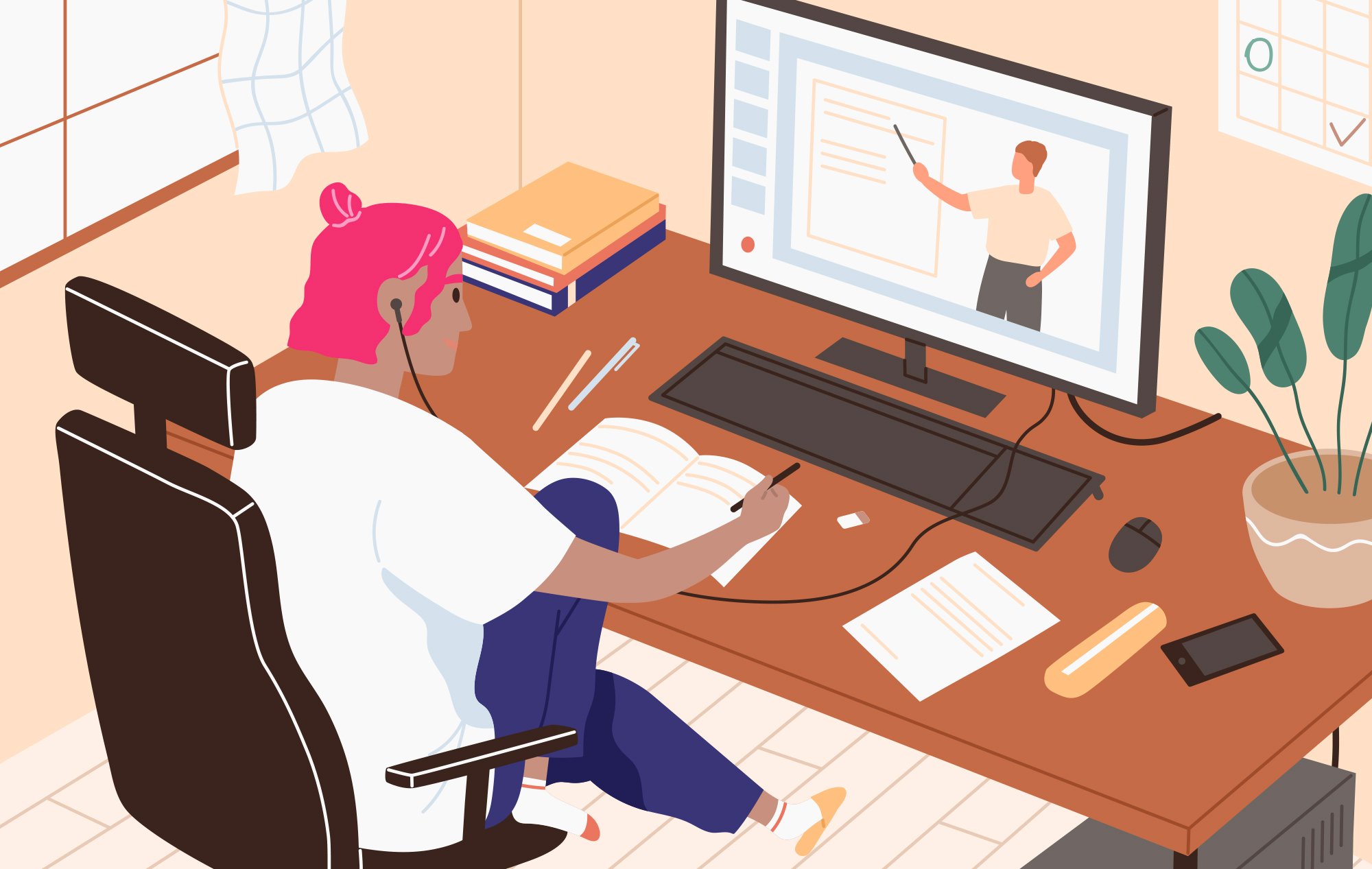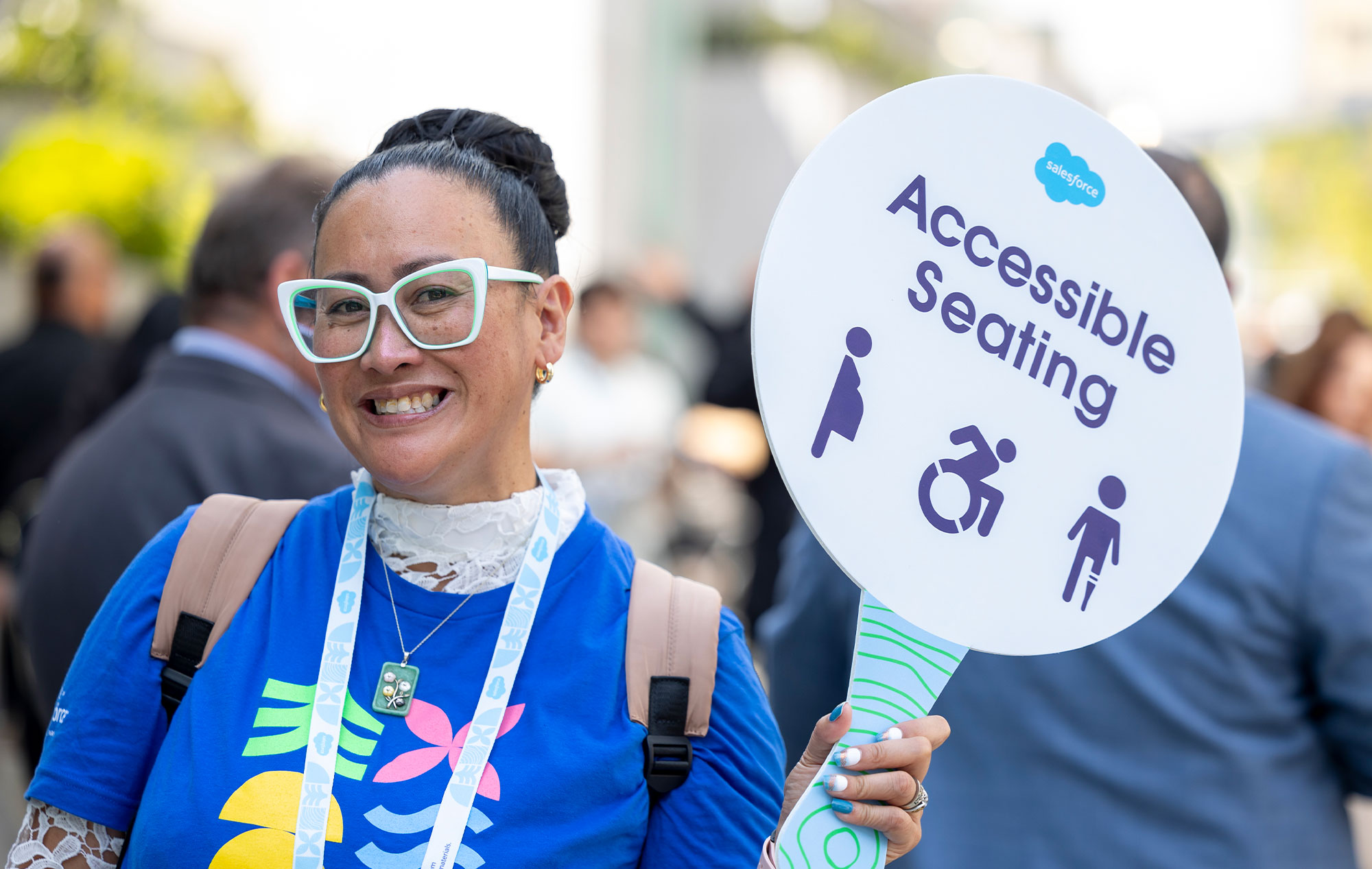Websites represent your business—they are the expression of who you are and why you do what you do. That’s especially true now that our world has shifted toward a virtual experience. Think of the process of building your website as that of an artist shaping their next great work. For many artists, their progress is not linear and it is difficult to decide when they are done. Sometimes the piece could take years or never feel truly complete. Your website is like a work of art because it is always changing.
A great website is one that is constantly improving and always connecting with its visitors. It shifts and changes to stay relevant with the times while continuing to improve accessibility at each virtual brush stroke. Some accessibility steps along the way are more challenging to overcome; others are easy to achieve at first but more difficult to sustain over time. If you respect the process and the time it takes to make a great website, you will continue to improve the experience and grow your audience.
Image alt text encapsulates the fluid creative process of building an accessible website. It can feel like a moving target—as your images change, so does your alt text. And, while it may be a challenge to overcome this step initially, making images accessible to blind and visually impaired people is a milestone achievement. Over time, alt text becomes a natural part of the process and builds trust with customers who want to feel seen and heard by your company.
In this article, we’ll explore why providing quality alt text is pivotal to building—and maintaining—a modern website.
But First - What Exactly is Alt Text?
Essentially, alt text is a detailed description of a digital image. Alt text makes it possible for people who are blind or visually impaired to experience web-based images. The web has become an increasingly important part of our daily lives and, for that reason, should be equally accessible for everyone. If a user cannot understand and interact with a website’s visuals, they are denied the same experience as others. Simply put—that’s discrimination, intentional or not.
The purpose of the Web Content Accessibility Guidelines (WCAG) is to establish the rules that make the web an equal experience for all. Alt text was always part of the guidelines and continues to be a key element of WCAG.
Visuals are intrinsic to the web experience. Sometimes they are meant to capture attention like a stunning photograph of a clown fish on the Great Barrier Reef. At other times they have a more informative purpose like an infographic on how to address climate change. The quality of your alt text is a strong indicator of how your business recognizes the diversity of its customers and prioritizes an inclusive web experience.
How to Write Great Alt Text
Firstly, make alt text a priority. Alt text isn’t just a box to check off and must be an integral part of the website process, from start to finish. It must be precise and complete to fulfill accessibility requirements and deliver an equal experience for all customers.
Brands must be meticulous with the quality of their image descriptions, ensuring that the image purpose and details are communicated properly. Here are Scribely’s top five tips for writing great alt text:
- Context. Before you begin, think about the meaning and function of the image. Keep this in mind and it will guide you through the best description.
- Subject. Identify the primary subject or focus of your image. The main subject is relevant to the purpose of the image and should play a prominent role in your description.
- Details. Describe important details that are relevant to the image’s meaning and function.
- Keywords. What are the keywords that would help users find your image? Rather than keyword stuffing, naturally incorporate the keywords into your alt text.
- Voice. Allow your personal or brand voice to shine through. This improves UX and helps you stand out.
Writing alt text is a blend of many skills: creativity, technique, efficiency and marketing. Above all, great alt text requires empathy. It's all about the ability to succinctly and effectively convey the content of your visuals to someone who cannot see it.
Close your eyes. Are you able to picture the image as you described it?
If you are unsure where to begin or do not have the resources to tackle this task internally, you can always ask the accessibility services community for help with getting started or with actually doing the work. Check out the service providers on InclusionHub. Vendors like Scribely are here to support you every step of the way so you can achieve your accessibility goals.
Why Alt Text is Great for Business
Well-crafted alt text makes a brand accessible, inclusive and successful. It promotes equal access to information and education and equal participation in online culture and experiences.
Alt text is also great for eCommerce businesses. Adding descriptions for product images helps raise the visibility of your products in three ways:
- It provides blind and visually impaired customers with a complete understanding of a product.
- Search engines can index your website and match queries to products.
- It demonstrates a brand’s commitment to inclusion and diversity—very important to consumers today!
An accessible eCommerce site with stellar alt text means that customers with visual impairments are welcome to shop. Too often, people with visual impairments are (perhaps inadvertently) excluded by eCommerce brands. It’s important to remember that a lack of alt text represents a lack of consideration for the visually impaired.
Alt text also helps search engine bots place images in their rightful search categories. The more specific and authentic the alt text, the more accurate search results will be, leading to higher conversion rates when a user clicks the image that best captures their query.
In the long run, companies that prioritize accessibility have more longevity because they are constantly thinking about how to improve the virtual experience for everyone.
How to Make Alt Text Work for Your Business
It’s important to first have a solid plan and adequate budget for alt text. That will determine when you can get started, the resources you have to work with, and how long it will take to achieve compliance. As we said at the beginning, it’s a creative process. Dedication and patience are key to writing great alt text.
Scribely cares so much about this, we created a quick checklist of questions that all businesses can use to get started today:
- How many visuals are there on your website, social media and digital products? How would you categorize your visuals? Education or entertainment? Artistic or eCommerce? Each type of image requires its own specific tone.
- Have you designated an accessibility advocate on your team? Have you considered joining forces with an accessibility services company?
- What type of images are represented on your site(s)? Simple or complex? Do you have someone on your team that can describe complex images?
We hope this will help set you on a path to improve your visual accessibility. If you have a lot of visuals, a phased approach to alt text may be an effective choice. If your images have a high level of complexity, you may need to hire an alt text specialist.
Accessibility is a great way to ensure that your business' visual content stands out from the rest. It demonstrates your commitment to accessibility and inclusion and extends the reach of your message. Alt text makes a great difference in people’s lives and is a defining moment in your creative process. It’s time to take a look at your website and ask yourself—would you sign your name on it?






Leave a Comment